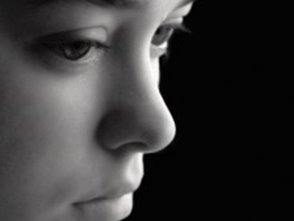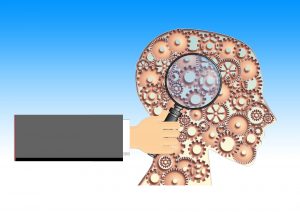Homeopathic treatment has been used for various types of ailments ever since it was discovered by the German physician Samuel Hahnemann in 1796. The subject of this article will be, specifically, some of the factors that determine how long a particular homeopathic procedure will typically be.
The seven factors
Even those who administer homeopathic treatment frequently have difficulty predicting the exact length of their procedures. However, homeopaths have developed a list of seven factors that can affect the length, and each of them is described in detail in the following subsections.
The patient’s level of vitality
Young people tend to be more physically responsive than older people are. The moods of children can shift greatly from one moment to the next, and their physical symptoms can appear and disappear just about as rapidly.
His or her nature and social background
Those who are poor or otherwise living in relatively simple conditions tend to respond to homeopathic treatment more rapidly than those whose ways of life are more affluent owing to the greater acuteness of the pathologies experienced by such people.
The type of physical pathology present and how severe it is
Severity alone has no bearing on the length of treatment required; it is not the physical pathology per se with which homeopaths deal. Some medical conditions that were considered to be irreversible, such as rheumatoid arthritis, multiple sclerosis and ulcerative colitis, may prove the contrary with homeopathy.
How long the signs and symptoms of that pathology have been manifesting themselves
Roughly, for every year that the disease has been present, a month of homeopathic treatment will be required. This, however, is just a “rule of thumb.”
Whether the condition is hereditary
Homeopaths speak of miasmatic influence (derived from the Greek word miainein, meaning pollution or taint), which is the sum of the negative energetic imprints transferred from parent to child, such as stresses experienced during pregnancy.
Interfering factors in the patient’s life
Such factors can include financial crises, quarrels with spouse and children and commutes to and from work that last for more than an hour. Those who live in rural areas and live quiet lives respond to homeopathy more rapidly.
The level of vitality that he or she is seeking
Some patients are interested in relieving symptoms only, while others want to be released from physical limitations. In the latter case, treatment may last for several years.


 About 35 percent of all children in the United States are affected by this disorder. Traditionally, doctors have used central nervous system stimulants to treat ADD. One such drug is Ritalin and other brands of methylphenidate. This particular drug has been prescribed with increasing frequency since the 1990s, partly as a result of the more widespread acceptance of ADD as a valid diagnosis. If the use of this and other such drugs is monitored carefully, they can be effective at least some of the time; however, there is a risk of toxicity, and their effects on children under six has not yet been adequately tested, so these drugs should be considered off-limits to that age group.
About 35 percent of all children in the United States are affected by this disorder. Traditionally, doctors have used central nervous system stimulants to treat ADD. One such drug is Ritalin and other brands of methylphenidate. This particular drug has been prescribed with increasing frequency since the 1990s, partly as a result of the more widespread acceptance of ADD as a valid diagnosis. If the use of this and other such drugs is monitored carefully, they can be effective at least some of the time; however, there is a risk of toxicity, and their effects on children under six has not yet been adequately tested, so these drugs should be considered off-limits to that age group. Depression is a very common condition. So common that almost every person will experience it in their lives, even children. Depression can effectively be treated with homeopathy in children and teens.
Depression is a very common condition. So common that almost every person will experience it in their lives, even children. Depression can effectively be treated with homeopathy in children and teens. ADD and ADHD in Children
ADD and ADHD in Children fix of “dys” are included such as “dystrophy”. It includes the following types of diseases:
fix of “dys” are included such as “dystrophy”. It includes the following types of diseases: